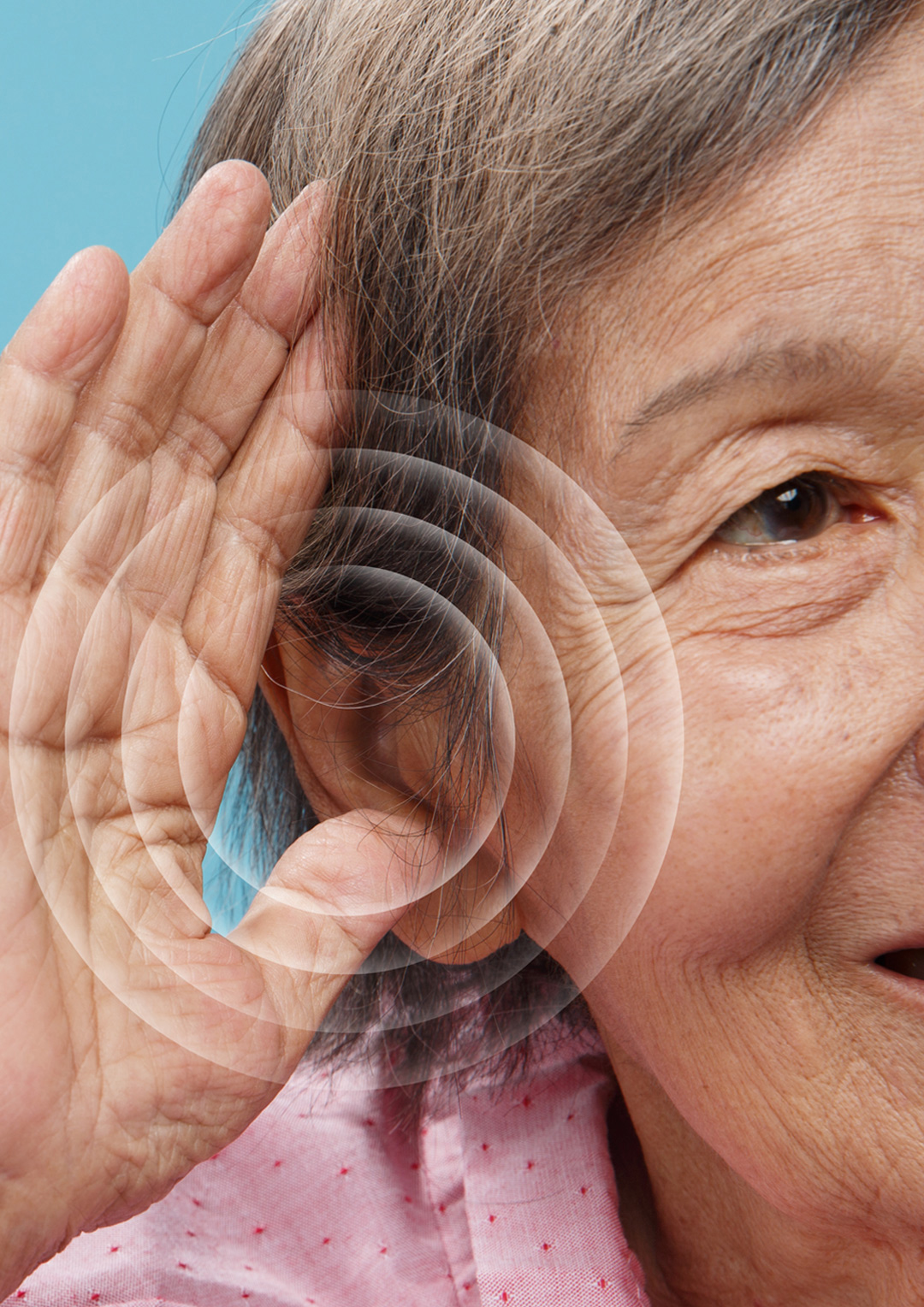

 Behind-the-ear hearing aids are the most well-known type of hearing aid for the general population. In addition, when considered technically, it appears as a type of device with a very wide range of use.
Behind-the-ear hearing aids are the most well-known type of hearing aid for the general population. In addition, when considered technically, it appears as a type of device with a very wide range of use.
Important points in the selection and use of behind-the-ear hearing aids can be listed as follows:
If the hearing loss of our patient is at a level where the gain from in-ear devices is insufficient or limited, a behind-the-ear device must be chosen to achieve the highest performance.
In cases where the hearing loss cannot be compensated by the gain of in-the-ear devices or will be met at the limit, a behind-the-ear device should be preferred in order to maximize performance. Especially if there is a tendency to infection, the possible risks of using in-the-ear devices must be explained in detail to the user.
– The size of the patient’s ear canal: If the ear canal is narrow/anatomically different, which will cause comfort and application problems in the use of in-the-ear hearing aids, the behind-the-ear device option should be considered.
– Secondary needs of the user: If the user candidate has needs that require different/wireless connection such as remote microphone use, telephone connection, or use of the device’s detail features over the phone, the choice of behind-the-ear/in-the-ear hearing aid should be discussed, considering aesthetic concerns.
Even if the above-mentioned situations are discussed, our patient may have expectations that are not talked about from time to time.
Especially in adult patients, additional questions may need to be asked to get a better understanding of the patient’s needs and preferences. Such as:
“Specify hearing aid styles that you do not want to use.”
“How confident are you that you will be a successful hearing aid user? Regular use is very important, your motivation will determine the progress of the process…”